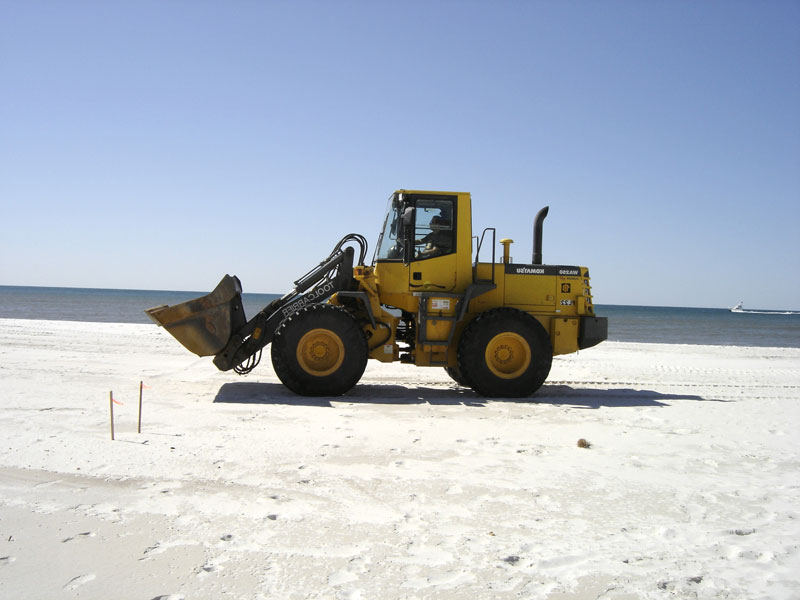The D7E represents a mid-range dozer between Caterpillar’s popular D6 and D8 models, and commands a price premium of 20%, or $100,000, over a standard D7R. But that 20% can be recouped in as little as two years thanks to fuel savings of 10-30%. Plus, the electric-diesel drive system offers better power than its predecessor, which sold just 300 units in the U.S. last year (compared to 2,000 D6 and 700 D8 machines). But nobody buys a bulldozer based on gas mileage. Rather, the efficiency is based on how much material can be moved per gallon of fuel, where the D7E really shines. Caterpillar dropped their trademarked “high sprocket” design, and turned the transmission into essentially twin power cables. It should be noted that this hybrid drive does not store electric power, but rather the 9.3 liter diesel engine powers a strong electric engine. This means even more instant torque, and since its a Caterpillar it can stand up to tough situations. It is also interesting to note that Caterpillar has been developing this technology since the late 1990s, and didn’t intend to market it as a “green” technology per se. But green is in, and this setup can save up to 24 liters of fuel (about 6 gallons) over an 8 hour period. That may not seem like a lot, but consider that many of these machines run six days a week, year round in warmer states. It is an important step that many of us may not have even considered at first. But if the D7E can become a sales success, surely more like-minded companies will follow suit.







